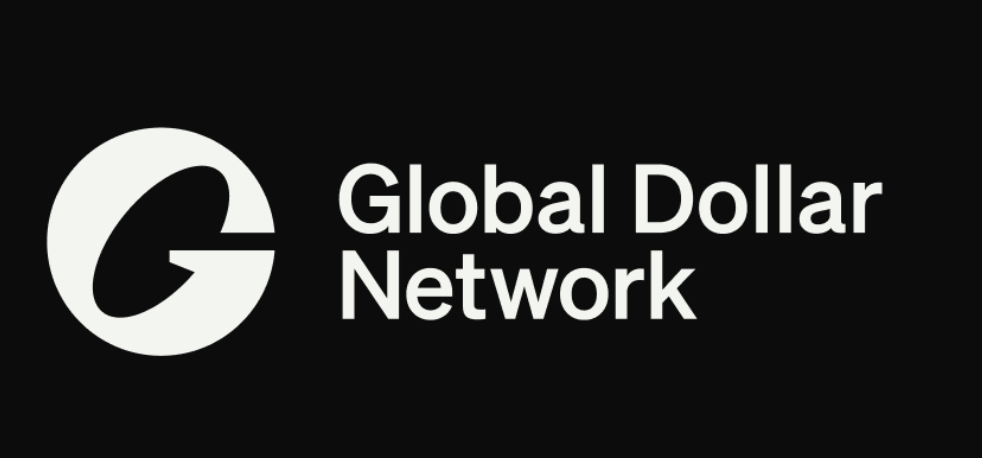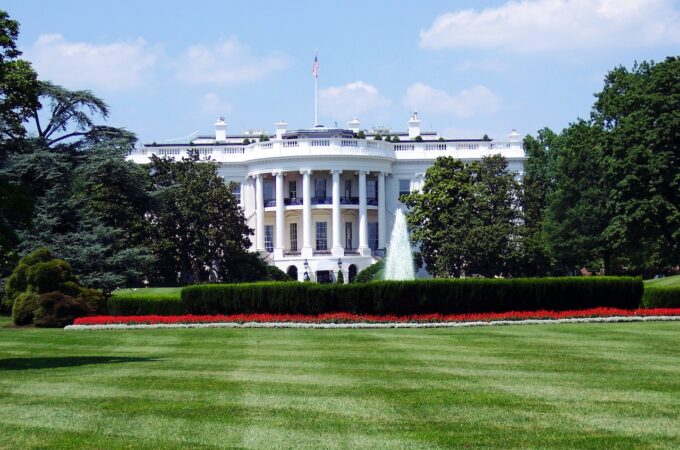
Major Crypto Firms Unveil Global Dollar Network to Disrupt Stablecoin Dominance
In a move that could shake up the stablecoin landscape, a consortium of leading fintech and digital asset companies, including Robinhood, Kraken, and Paxos, have launched the Global Dollar Network. This new open network aims to accelerate the global adoption of stablecoins and introduce a more equitable model that incentivizes broader participation.
At the heart of the Global Dollar Network is the USDG stablecoin, issued by Paxos out of Singapore. USDG is positioned as a regulated, yield-bearing alternative to the dominant Tether (USDT) and USD Coin (USDC) stablecoins. Paxos has partnered with Singapore’s largest bank, DBS, to manage the reserve assets backing USDG, ensuring it is fully redeemable for fiat.
“Stablecoins are replatforming the financial system and revolutionizing how people interact with US dollars and payments,” said Charles Cascarilla, CEO and Co-Founder of Paxos. “However, the leading stablecoins are unregulated and retain all the reserve economics. Global Dollar Network will return virtually all rewards to participants and is open for anyone to join. It is designed to incentivize global stablecoin usage and accelerate societal wide adoption of this technology.”
The network’s founding partners also include Anchorage Digital, Bullish, Galaxy Digital, Nuvei, and Kraken. These firms will work together to drive USDG adoption and develop new use cases for the stablecoin across various sectors, including custody, trading, payments, and decentralized finance.
“The lack of competition in the regulated stablecoin market has prevented the industry from reaching its full potential,” said Kraken Co-CEO Arjun Sethi. “USDG upends this dynamic with a more equitable model that will bring mainstream participants into the ecosystem and accelerate new stablecoin use cases.”
The Global Dollar Network is currently in an invite-only phase, with plans to onboard additional partners from the custodian, exchange, fintech, and banking industries. By sharing the economic benefits of the stablecoin network with participants, the consortium aims to disrupt the dominance of Tether and USDC, which together account for over 85% of the total stablecoin market capitalization.





